As the Great Depression bit, painters in the US sought new ways of depicting social upheaval. This show of some 200 works looks at the inspiration they took from the art of revolutionary Mexicans such as Diego Rivera and José Clemente Orozco. Find out more from the Whitney’s website.
Preview the exhibition below | View Apollo’s Art Diary here
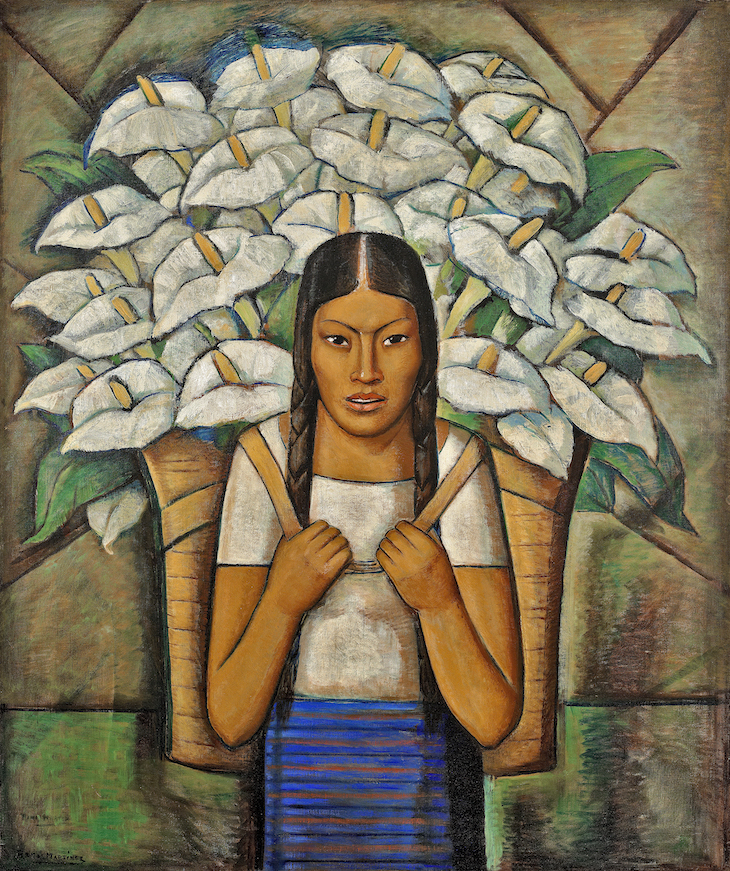
Lily Vendor (Vendedora de Alcatraces) (1929), Alfredo Ramos Martínez. © The Alfredo Ramos Martínez Research Project, reproduced by permission
Often called the ‘father of Mexican Modernism’, Alfredo Ramos Martínez travelled widely in Europe, immersing himself in the work of the Impressionists and post-Impressionists. He returned to Mexico just as the revolution hit in 1910, later establishing a school for painting en plein air in the capital. His paintings often focus on traditional Mexican subjects – landscapes, and working people such as this lily vendor – anticipating the concerns of the muralists who would follow in his footsteps.
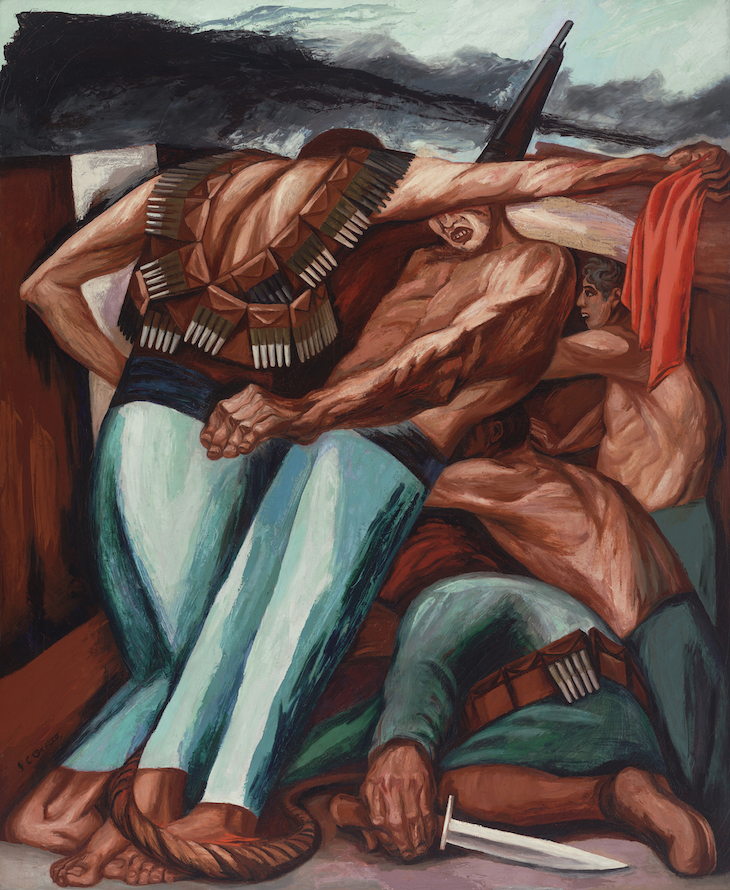
Barricade (Barricada) (1931), José Clemente Orozco. © 2019 Artists Rights Society (ARS), New York/SOMAAP, Mexico City. Image © The Museum of Modern Art/Licensed by SCALA/Art Resource, NY
The Mexican Revolution of 1910–20 inspired a generation of artists, chief among them Diego Rivera, David Alfaro Siqueiros and José Clemente Orozco, to create a new kind of painting – one which found its natural expression in public murals. The tradition of wall painting could be traced back to the pre-Hispanic Olmec civilisation, while it also proved the perfect tool for conveying revolutionary ideas to a broad audience. The monumental figures in this canvas by Orozco recall The Trench from his vast series of murals at San Ildefonso College in Mexico City, which likewise draws on Christian iconography to decry the violence of the revolution.

Landscape with Steer (c. 1936—37), Jackson Pollock. Photo: The Museum of Modern Art/Licensed by SCALA/Art Resource, NY; © 2019 The Pollock-Krasner Foundation / Artists Rights Society (ARS), New York
Jackson Pollock came across the work of Orozco while he was a student. The vivid colours of the Mexican artist’s lithographs inspired the young American to create this Landscape with Steer; in later years, the public paintings of the Mexican muralists would be a key influence on Pollock’s vast abstract canvases.
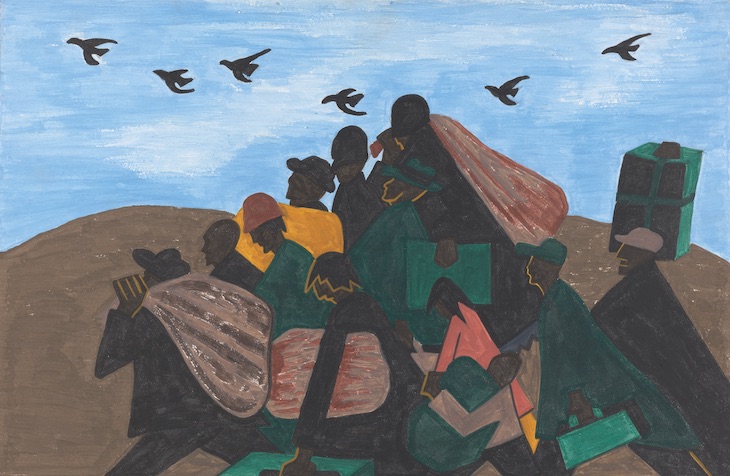
From every Southern town migrants left by the hundreds to travel north (1940–41), third panel from The Migration Series, Jacob Lawrence. © 2019 The Jacob and Gwendolyn Knight Lawrence Foundation, Seattle / Artists Rights Society (ARS), New York
The muralists’ focus on social issues also left a lasting impression on American art. Jacob Lawrence’s epic Migration Series of 60 panel paintings narrate the history of the Great Migration, drawing both on the influence of Orozco and on the painter’s own experience in Harlem among African-Americans who had moved from the south of the country in search of better prospects.




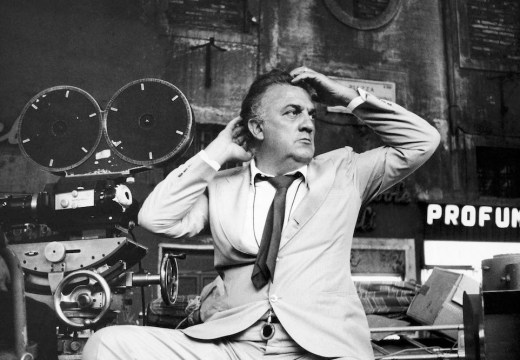
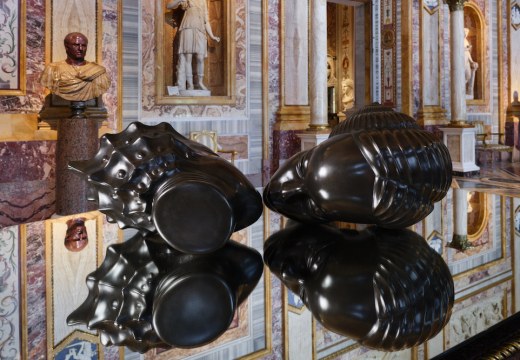
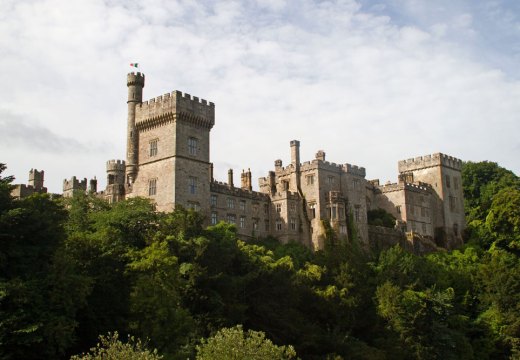
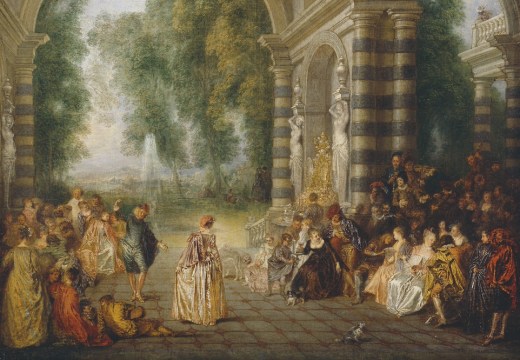

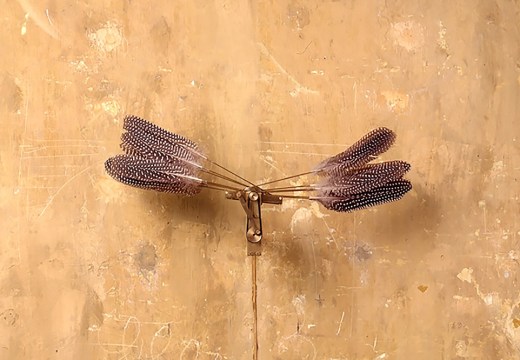
![Masterpiece [Re]discovery 2022. Photo: Ben Fisher Photography, courtesy of Masterpiece London](https://apollo-magazine.com/wp-content/uploads/2022/07/MPL2022_4263.jpg)
Wangechi Mutu gets reflective at the Galleria Borghese